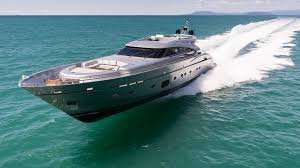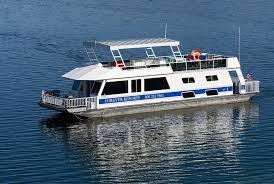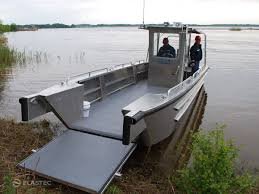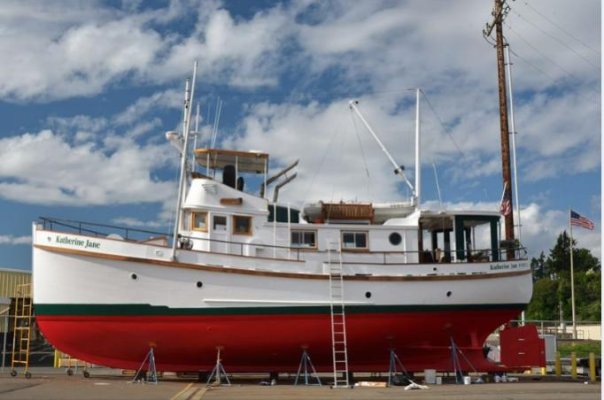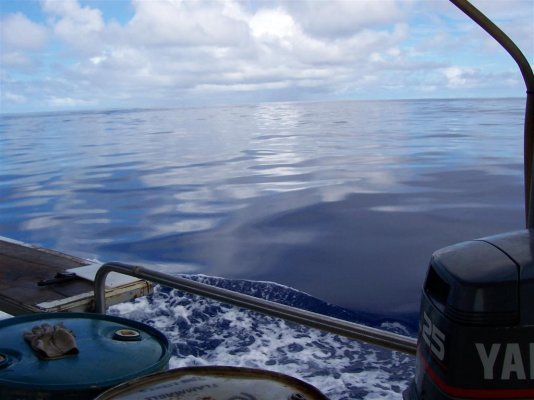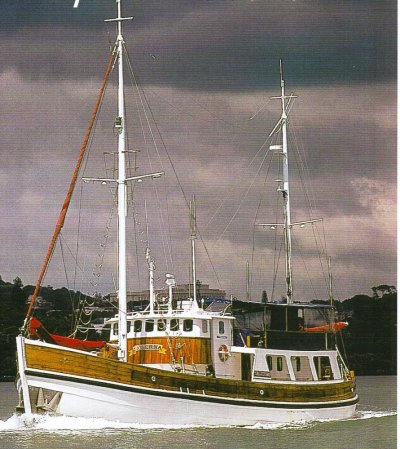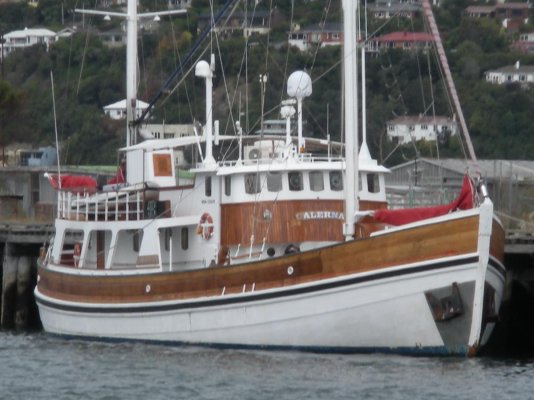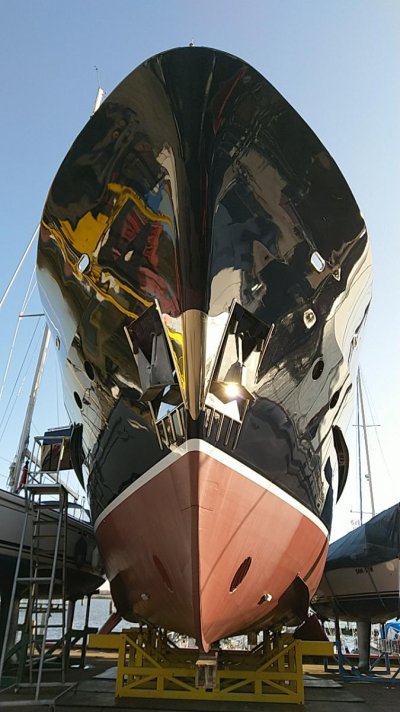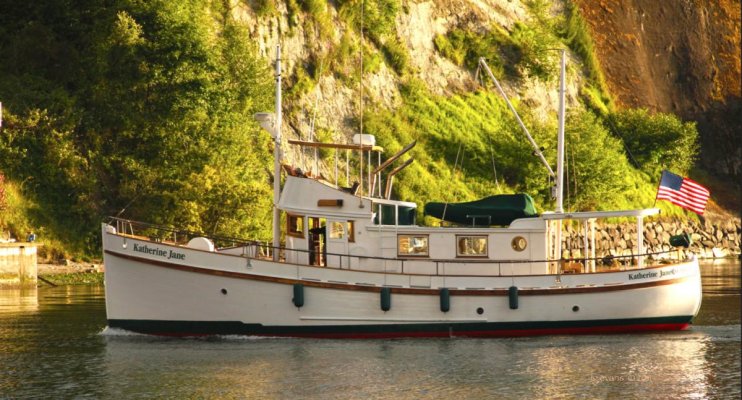I've read tens of thousands of posts on this forum. One recent thread comes to mind about how loose furniture doesn't really need to be secured because no one plans to be in conditions that would cause it to shift. Another thread discussed the merits of reducing fuel tankage to increase water tankage - no need for fuel, not venturing too far, certainly no further than a 6-12 hour weather window forecast.
My takeaway? For this crowd, following sea abilities is largely a theoretical discussion - a table-top exercise. I've been in decent following seas in my boat and in, say, a N46. Both boats moved around a lot and neither felt like it was on rails. But I dunno. Most of my miles are on deliveries, and thus most of my miles are into weather. Following seas were relatively rare for me so I actually don't have a ton of experience.
I'll agree, many of us here don't venture out into particularly bad or unknown conditions. In the case of my furniture in particular, I've known my current boat far longer than I've owned it, so I knew how much it takes to move any furniture going in. On the other hand, I look at a lot of boats and am left wondering how ugly it would be to leave the dock if it weren't dead calm.
For running in following seas, with the local prevailing winds, it's often a downwind run going and an upwind run returning when we go to one of our most common local weekend spots. It's only a few miles, but we've done it on sporty days plenty of times. Because of the steep chop we get here, I tend to avoid coming home in more than 2, maybe 3 footers if we can help it (becomes a slightly rough and very wet ride, or a slow pitching one). But we've run over there in 3 - 4 and called it no big deal.
With the flat transom and 5 turns lock to lock on the steering, running slow in following seas can be a bit of work on my boat. Definitely nothing as graceful as a double ender or something slow with a huge rudder and fast steering. It handles well enough, but there's definitely a good bit of wheel work to keep it pointed in the right direction.
Fortunately, fuel range isn't an issue on those runs, so I can just stuff the throttles forward and go surfing. There's the 1 step up option of speeding up to pace the waves, or the next step of getting up on plane and running over the tops. 17 kts doesn't produce the ride that some fast express cruisers get in following seas where they're outrunning them so fast it almost becomes a head sea. But at 17 kts or so, you hit the back of a wave, drop to 14 kts or so, hear the engines load up and climb up to the top. Hit the top, pitch over, engines unload, boat accelerates to 18 - 20 kts and flies down the backside. Keep the bow up a bit to avoid stuffing it into the next wave and it'll surf along like that quite happily with very little steering input.
Basically, following sea abilities for us are less of a need, and more of an ability to say "yeah, we can go in that". And in general, I'd say double enders are usually better than flat transoms, big rudders and fast steering helps, but when it really comes down to it, nothing beats a good planing hull with plenty of power and a nice, full, buoyant bow in a following sea.

